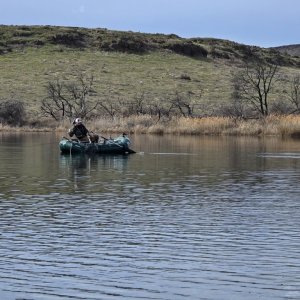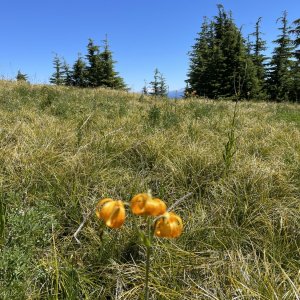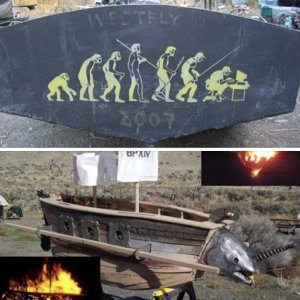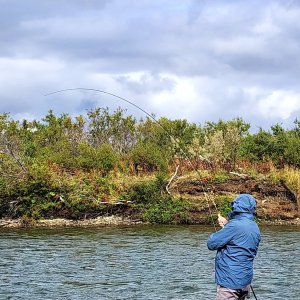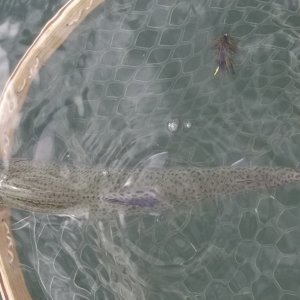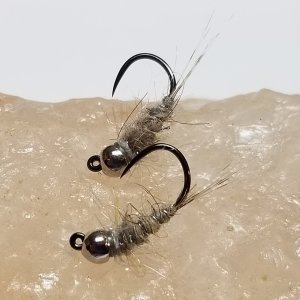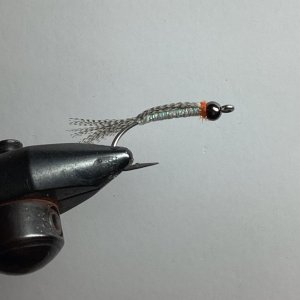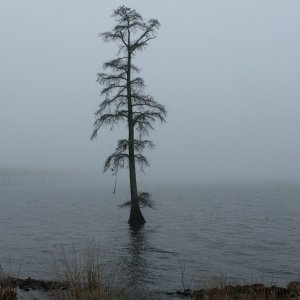I Appreciate you making an honest attempt to answer my clumsy rhetorical question. i think that the answer was not easy or obvious while coming from an extremely knowledgable biologist makes the point well.An example of how things changed as a result of an ESA listing is the Puget Sound boat rules regarding interactions with the resident orcas. What I find really interesting is that those rules are from the listing agency but rather relying on the Washington state to take that action. An potentially example would be the staging Chinook in the South Fork of the Nooksack. Especially in the warm water of summer the disturbing those fish by floating over them would be considered to be harassment of a listed fish but it would likely be left to Whatcom County to develop boating rules to minimize those interactions.
Some might be surprised for much of the work WDFW does that might involve a bull trout regards them to have a take permit. The smolt trapping, the capture of adults for fish passage, conducting spawning surveys, or any sampling (including non-lethal) of bull trout all need to be covered by a permit with annual reports.
Curt
The take permit for wdfw applies, although the purpose of the study may have been fishing related, I don't know.. The other 2 examples are either potential in nature or are based on a mammal, not a fish. Both don't require listing and the orcas only matter because they require chinook.
I have seen where esa requires enhanced mitigation for chinook impacts because of the orca nexus. Again, it is the mammal cited and not the fish.
My point is that ESA listings nearly only affect fishing. The way it is used in the current paradigm only serves to reduce parties who have reason to care outside of a love of the fish species that does not depend on interation with it.

